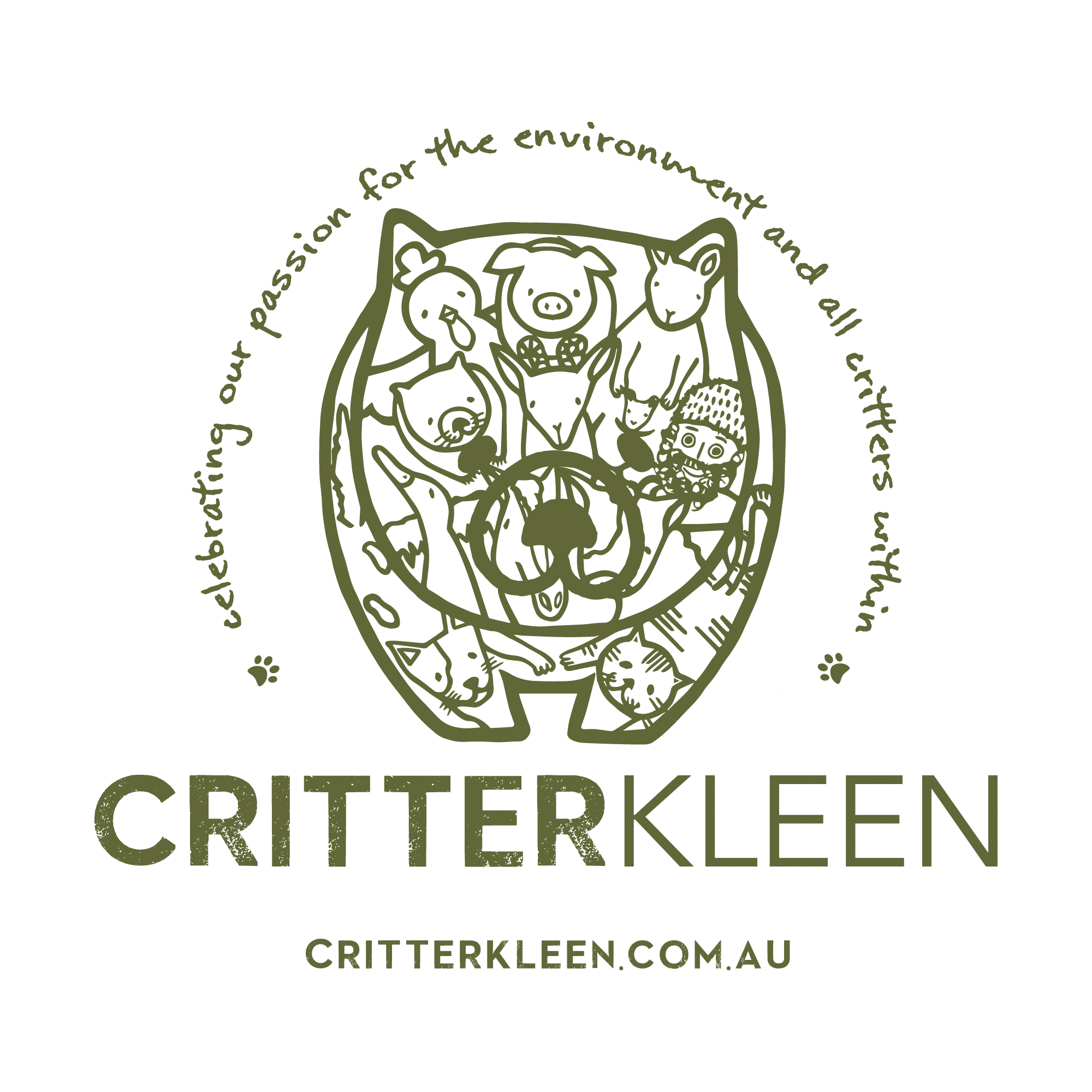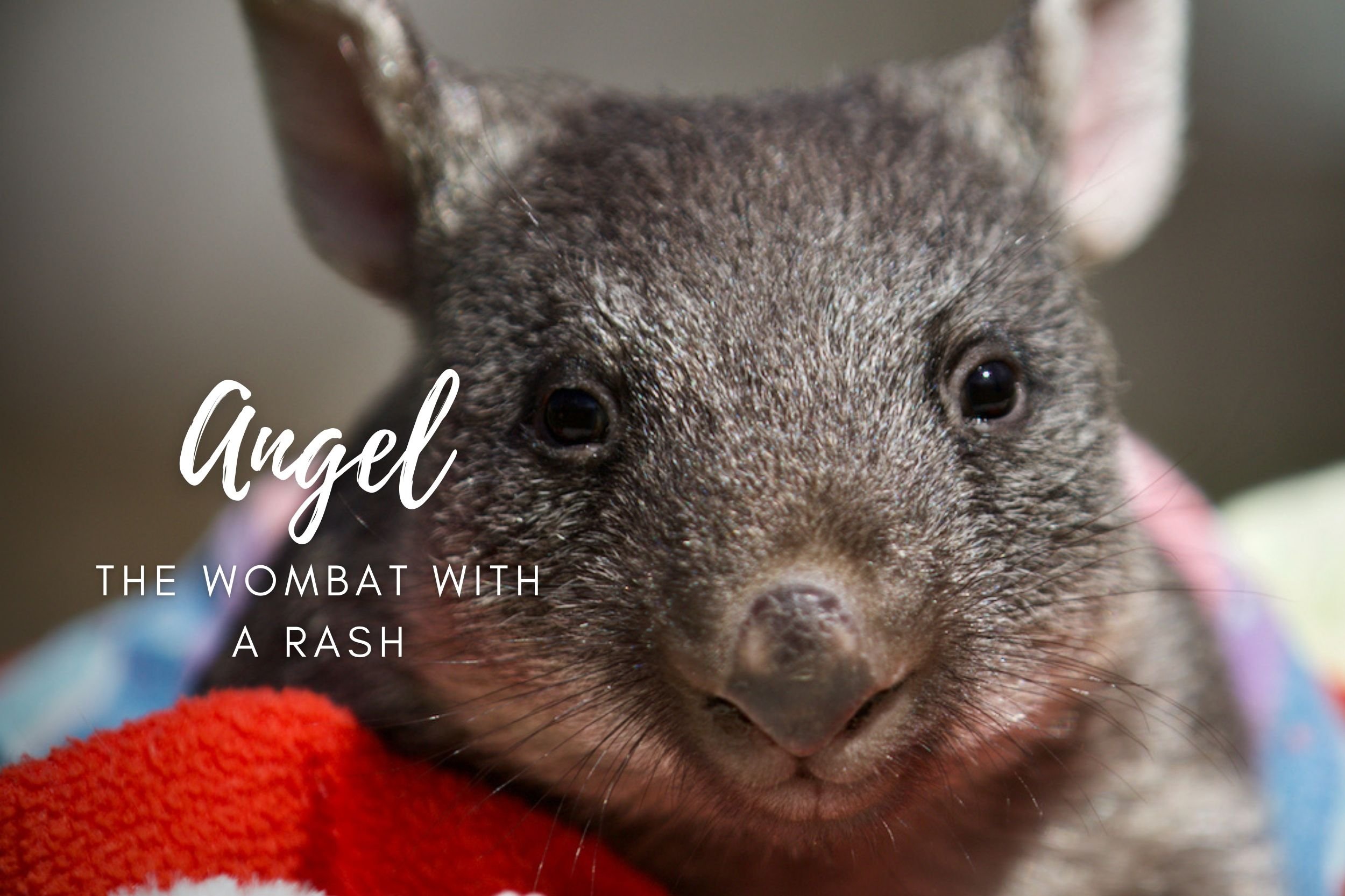Helen the attacked Wombat
CritterKleen® Natural Skin Repair speeds up healing process for wombat with large sores
Cynthia is a wildlife carer and member of Wombat Rescue Tasmania. Recently, she’s taken on a Wombat that got attacked by another much larger Wombat. The poor girl came into care with a large sore on her back and fur missing. Cynthia treated her with CritterKleen® Natural Skin Repair and saw great improvement within a few days. After 5 days, the fur started to regrow.
Progress photos of Helen the Wombats large wounds
The photos below show the little one’s progress. On the first photo you can see the large sore on the Wombat’s back with fur missing. The second photo was taken after using CritterKleen® Natural Skin Repair for 5 days. The last photo shows how well Helen the Wombat has recovered thanks to the dedication of her human mum Cynthia.
Why do Wombats get large wounds like that?
You most likely think of Wombats as some of the cutest and most adorable Australian animals. Our team here at CritterKleen® consists of several registered Wombat carers and we totally agree, Wombat joeys are super sweet. They behave a bit like puppy dogs, as they love to play and follow their carer around. This is only for a certain amount of time though. Once they hit puberty at an average weight of 15kg (adult Wombats weigh anywhere between 20 and 40kg), they ‘turn’ and naturally become more aggressive.
Wombats are quite territorial animals. The Common Wombat (or Bare-nosed Wombat) Vombatus ursinus occupies a range of up to about 23 hectares. The Hairy-nosed species in comparison Lasiorhinus latifrons and Lasiorhinus krefftii have much smaller ranges of generally no more than 4 hectares. While home ranges of Wombats can overlap, Wombats often defend the territory centred around their burrow(s) aggressively. However, the opposite is also sometimes the case, where we see Wombats sharing their burrows, but not at the same time.
When attacked, Wombats dive into a nearby tunnel, using their rumps to block a pursuing attacker. The backside of a Wombat is made up of four fused plates surrounded by cartilage, fat, skin and fur. A wombat may allow an intruder to force its head over the wombat's back and then it uses its powerful legs to crush the skull of the predator against the roof of the tunnel. This defence mechanisms is not only used against predators, but also against other Wombats. If the Wombat that is being attacked is quite young and/or smaller than the attacker, it may however not be strong enough to succeed. The bony plates on the rump would still serve as a protective shield.













